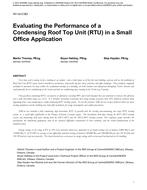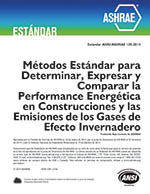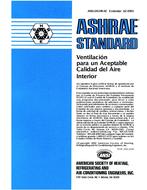Description
Next time you’re coming in for a landing at an airport, take a look down at all the flat roof buildings and you will see the multitude of Roof Top Unit (RTU) space heaters installed on warehouses, strip malls, big-box stores, factories, and office buildings. These products, originally developed to maximise the space within the conditioned envelope of a building, are both common and widespread throughout North America and used primarily for air conditioning in the South and both air conditioning space heating in the North (e.g. Canada). New gas-fired, condensing RTUs can operate at efficiencies exceeding 90% and if well designed they can maintain or increase this efficiency over a wide turn-down range (e.g. 15:1). It is therefore reasonable to presume that energy savings of greater than 10% should be realised, when upgrading from a non-condensing to a fully condensing RTU heating system. To test this premise, NRCan has set-up a field test where the space heating equipment and the building were both fully monitored, for energy consumption and comfort parameters. NRCan has installed a fully condensing, high turn-down, RTU in parallel with the existing non-condensing, two stage, RTU heating system, in a small office application in the Ottawa, (Ontario, Canada) region. The installation took place during the 2011/2012 heating season and monitoring took place during both the 2011/2012 and the 2012/2013 heating seasons. This conference paper describes the installation, the monitoring equipment, some of the technical difficulties encountered & their solutions, and the results/interpretation of the monitored data.
Energy savings in the range of 8% to 19% were observed, which was equivalent to an hourly savings rate of between 5,000 Btu/h and 15,000 Btu/h (4.39 kW) on average, or put differently, potential savings of between 120,000 Btu and 360,000 Btu per day (35.16 kwh and 105.50 kwh per day) were possible. The trend observed was an increase in energy savings with an increased heating load on the building.
Citation: ASHRAE Papers CD: 2014 ASHRAE Winter Conference, New York, NY
Product Details
- Published:
- 2014
- Number of Pages:
- 8
- File Size:
- 1 file , 2.4 MB
- Product Code(s):
- D-NY-14-C083




